Tricky Perennials To Grow: Perennials To Think Twice About
We love a variety of plants in the garden, but there are some perennials to think twice about. Some are tricky to grow, some are invasive and some are toxic.
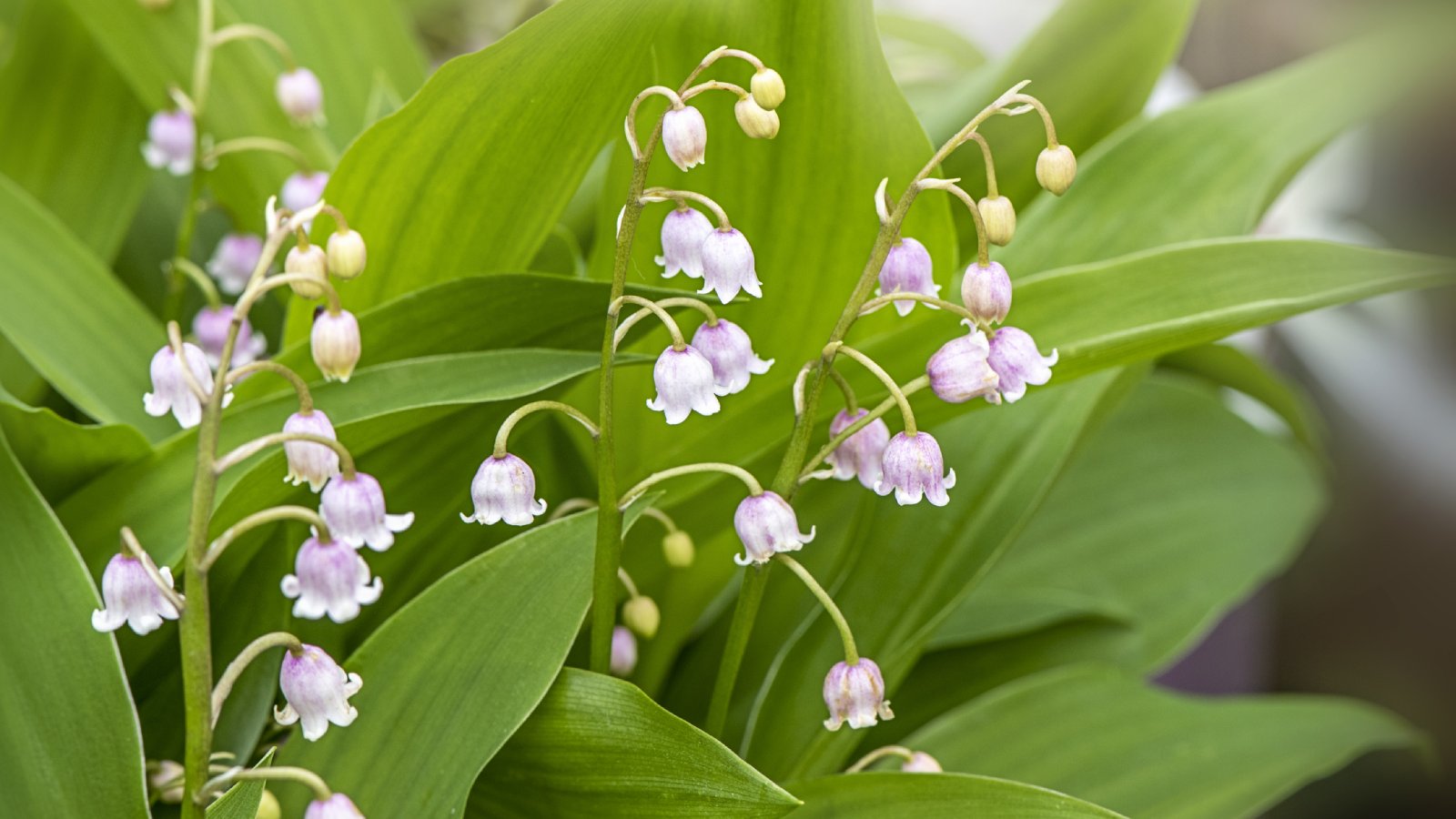

There are certain perennials you will want to think twice about before committing them to the ground in your garden. Perennial flowers often serve as the backbone of ornamental gardens. With dependable blooms and lasting seasonal beauty, there are many low-maintenance perennials that are ideal for creating attractive, easy-care landscapes.
Selecting perennials requires some thought and consideration. This includes accounting for several unique characteristics of each species, such as their growth habit, toxicity, continued care, and more. Though far from an exhaustive list, this article explores several perennial flowers to avoid as well as those that may need to be planted with caution.
Which Perennials Do I Need to Think Twice About?
When planning a garden, there are a variety of factors to consider. While a plant’s cultural needs, height at maturity, and growth habit all play a role in its overall health, you may need to consider some other characteristics. Perennials to think twice about most often include those that spread aggressively, are toxic, or are especially difficult to grow.
Perennials that are Unruly or Invasive
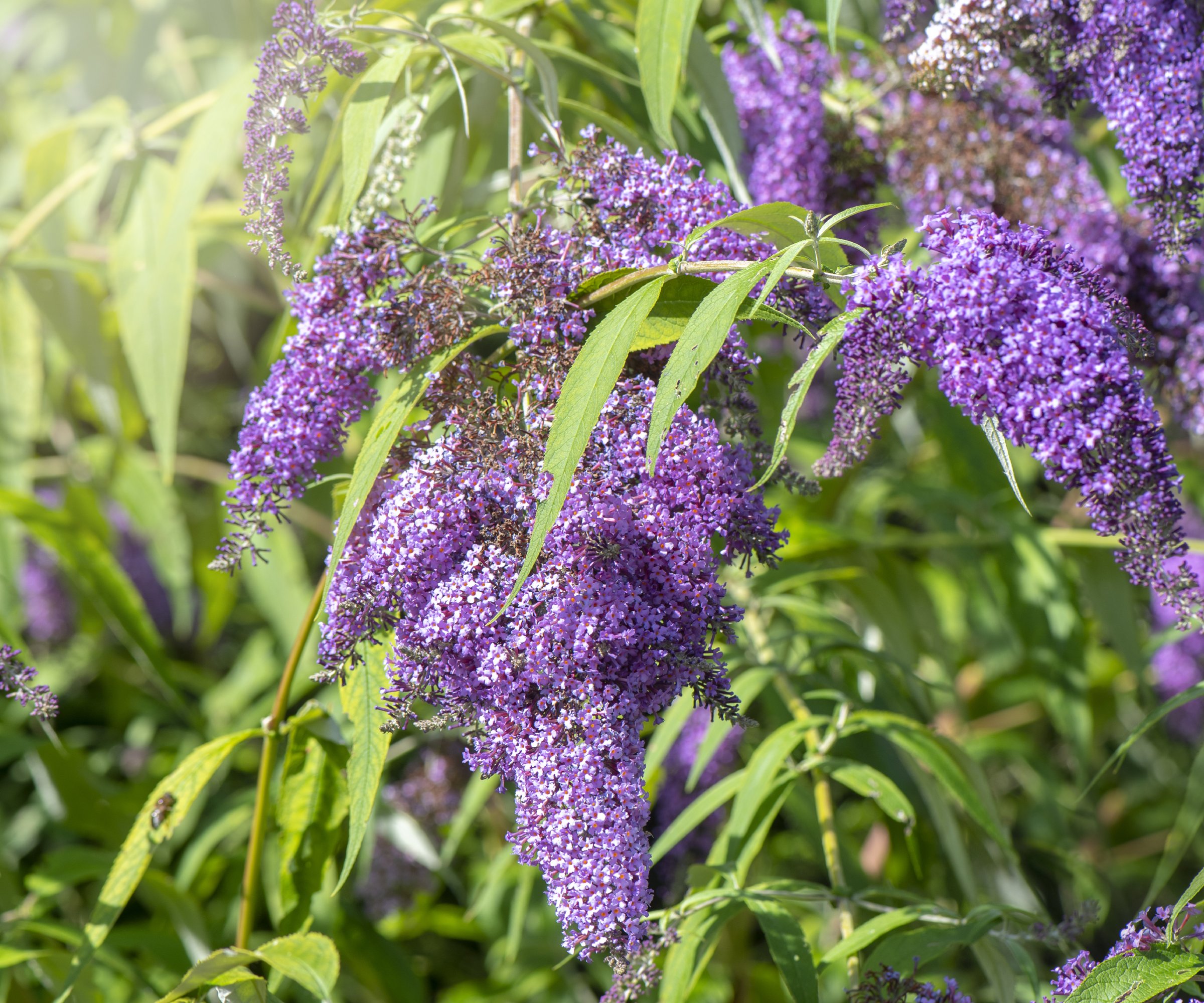
- Butterfly Bush - Though considered an attractive source of nectar for most pollinators, butterfly bush is an invasive perennial. The mature shrubs will reseed aggressively, causing it to quickly invade surrounding beds. The butterfly bush’s ability to outcompete native species often results in a loss of habit and native food sources.
- English Ivy - English ivy spreads quickly. Once established, these vines rapidly overtake fields and structures. An especially vigorous climber, English ivy can scale trees and shrubs, and is able to smother out almost any landscape or natural habitat.
- Japanese Honeysuckle - Japanese honeysuckle can be found throughout much of the United States along roadsides, in ditches, and near abandoned homesites. These plants reseed aggressively and can also spread by the production of “runners,” which sprawl across the ground and root easily. Established plants are able to quickly overtake native species, resulting in severe damage to local ecosystems.
Perennials that are Toxic or Dangerous
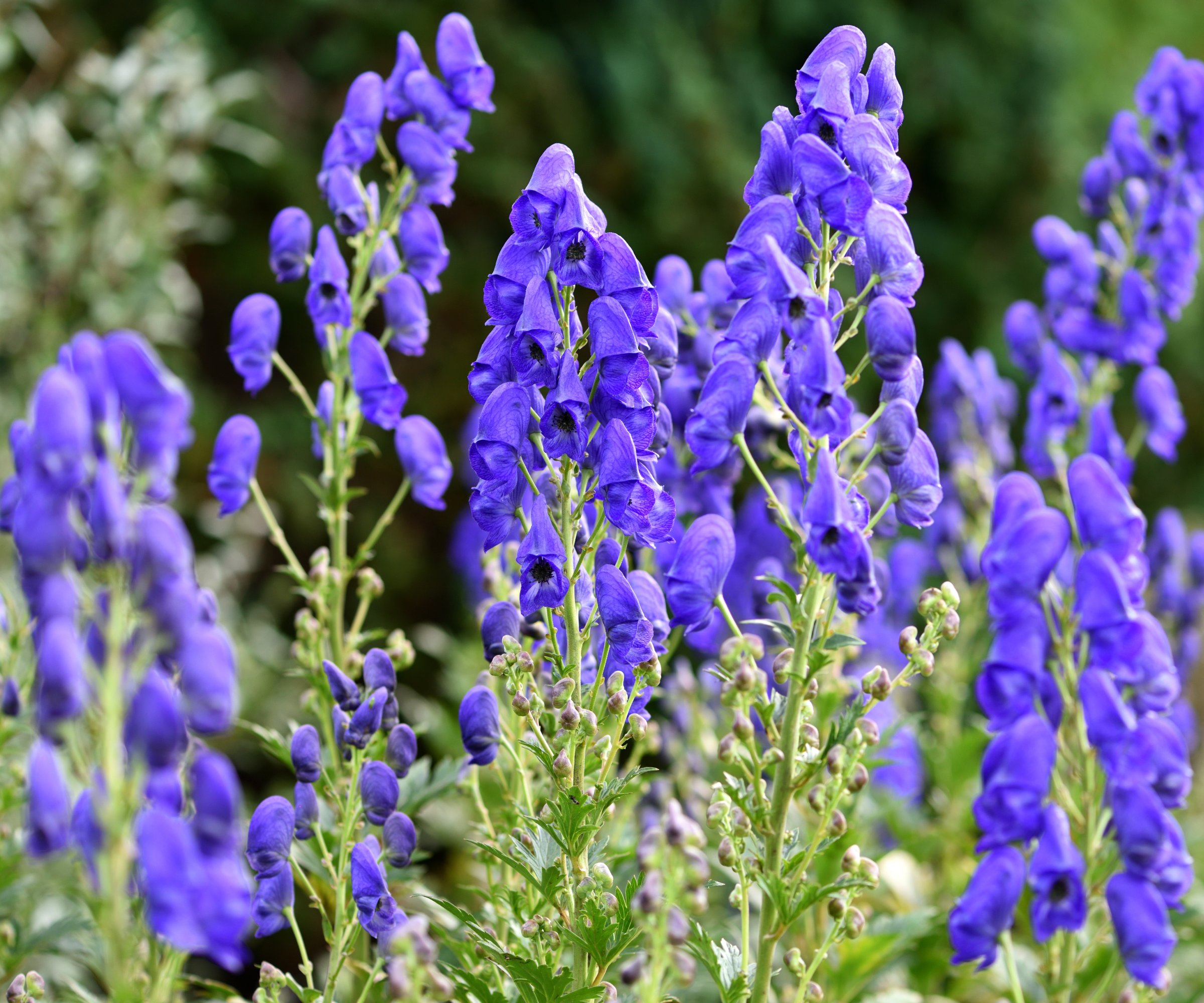
- Lily of the Valley - Lily of the valley plants are often praised for their beauty and use a spring-flowering groundcover. However, all parts of the plant contain compounds known as convallatoxin and convalloside – making them highly toxic. Results of accidental ingestion of these plants include slowed heartbeat, collapse, as well as death.
- Monkshood - Gardeners are often drawn to monkshood for their alluring blue-purple flower tones. Most are surprised to find that the plant is among the most poisonous in the garden, containing aconitine. Aconitine is especially worrisome, as simply touching the plant can expose you to the compound. Extreme caution should be used by anyone choosing to grow monkshood.
- Oleander - Though somewhat common in southern gardens, oleander plants should be grown only with proper care. These plants contain oleandrin, a compound that directly affects the vascular system and heart, potentially leading to death. Experts encourage correct handling to prevent exposure, which includes using gloves to prevent contact with skin.
Perennials that are Hard Work in Small Yards
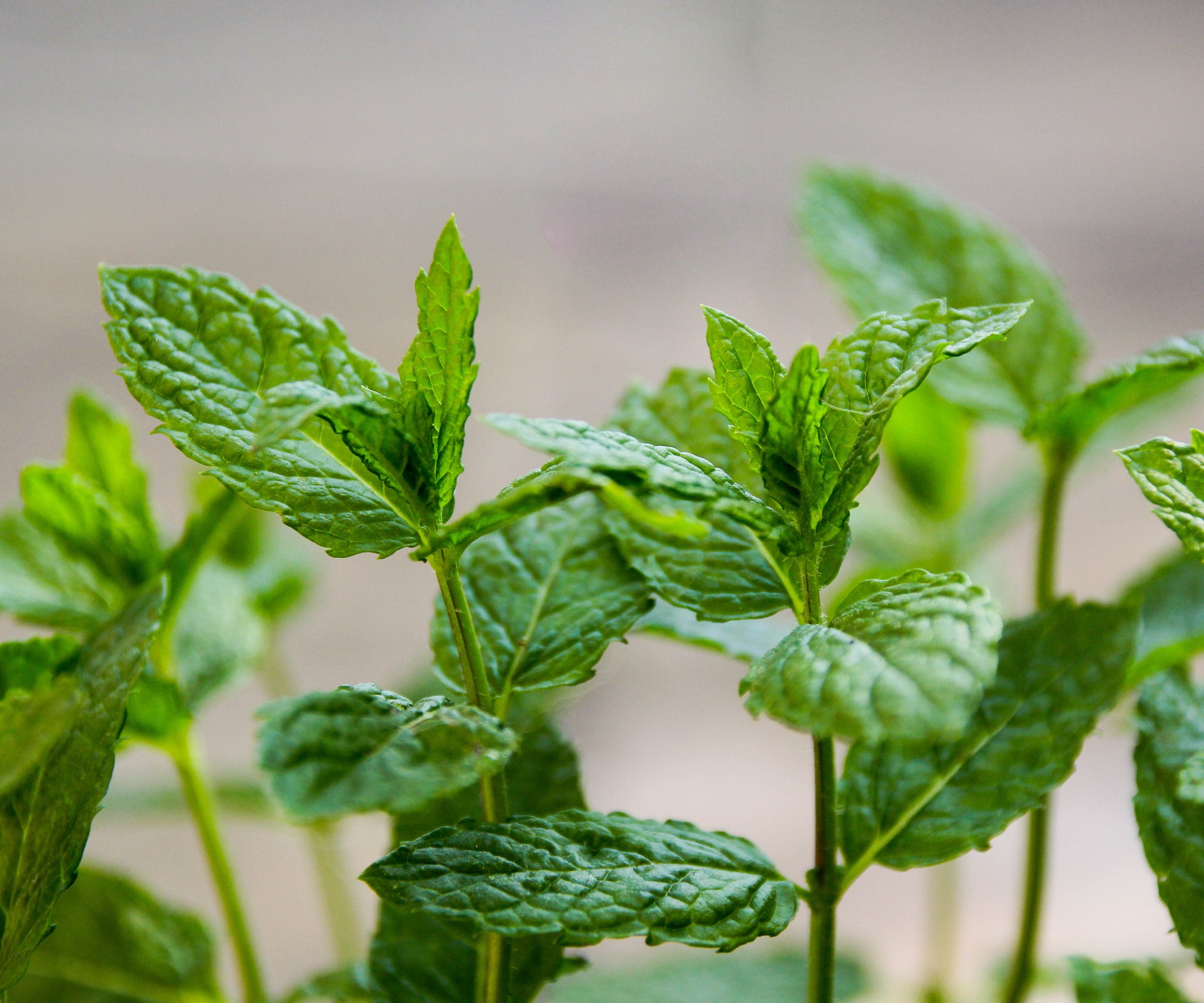
- Bamboo - Similar to other invasive species, bamboo is often introduced into the landscape as an ornamental. Robust plants grow easily, but require constant maintenance to prevent their escape into neighboring flower beds or even neighboring yards. To keep work light, plant bamboo only in pots or containers.
- Mint - The benefits of fresh mint are numerous. However, containing the plant to a small space can be quite difficult. Like bamboo, the hardest part of growing mint is working to control it. Fortunately, your workload can be lightened greatly by planting mint in containers or sinking their pots into the ground to manage root growth and spread.
- Wisteria - Each spring, established wisteria plants produce masses of elegant, draping flowers. Vines are considered easy to grow and thrive under a wide range of conditions. Still, some may want to rethink the plant, due the amount of work involved in its care. This includes the prevention of its spread, as well as deadheading and seasonal pruning.
Perennials that are Tricky to Grow
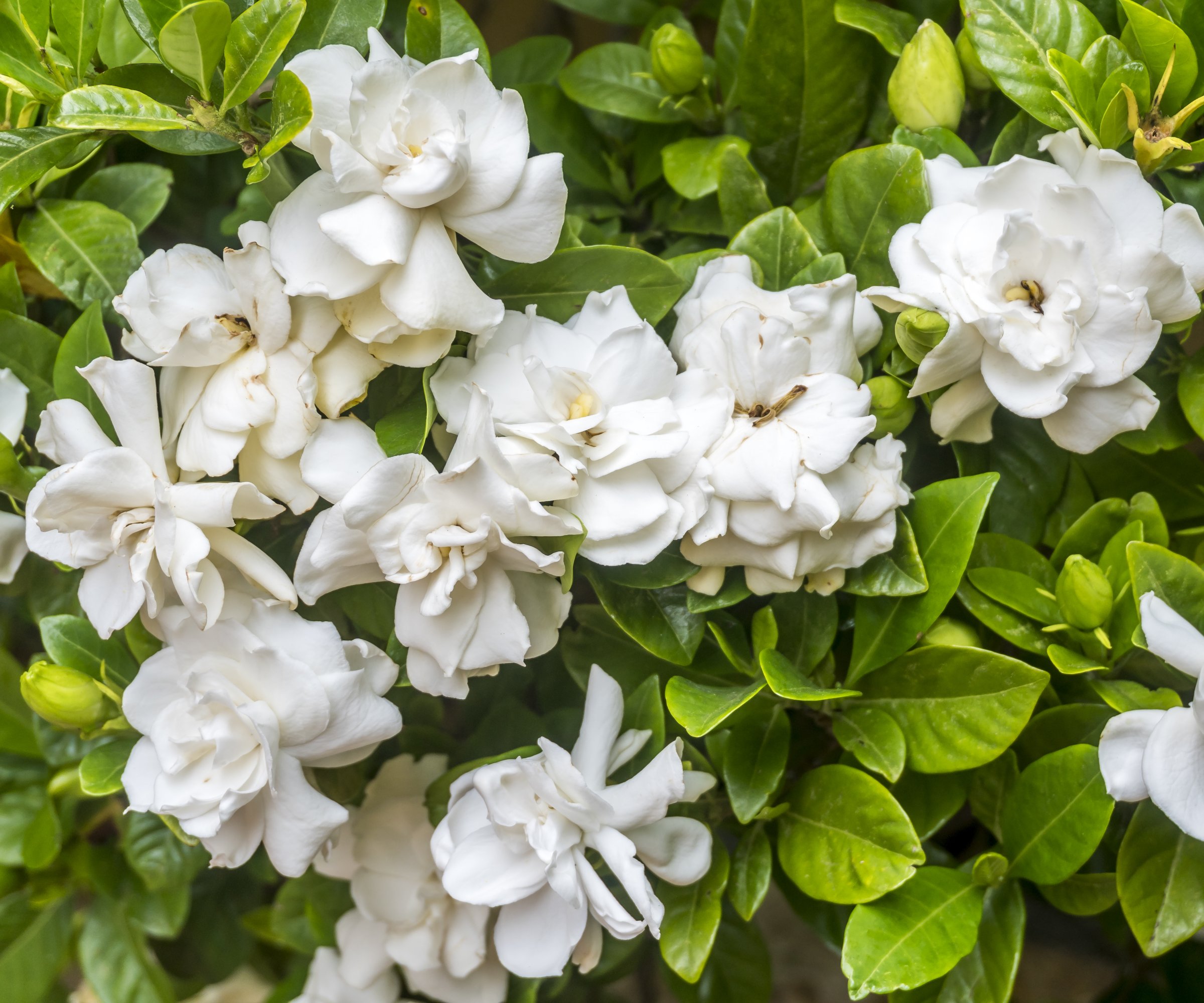
- Azalea - Azaleas are praised for their impactful, early-season floral displays. However, this plant can be difficult to grow where conditions are less than ideal. Choose a planting site that is slightly acidic and receives ample indirect light throughout the day.
- Gardenia - Highly fragrant, gardenias make a stunning addition to the home landscape. Gardenias require consistent temperatures to thrive, making them especially sensitive to sudden changes. The same can also be said for those grown indoors in containers. For the best results, position your houseplants safely away from drafts or vents.
- Orchid - Orchids are often recognized as among the most tricky perennials to grow. This usually relates directly to their specific needs for growth and inability to rebloom unless conditions are met. Still, if you hope to grow orchids at home you should not be discouraged, as proper care will often result in consistently beautiful potted specimens.
Frequently Asked Questions
Which Perennials Should Not Be Planted Together?
At planting time consider the growth habit and overall size of plants at maturity. It’s best to avoid planting species that are aggressive or behave invasively, especially among native plants. This can also be said of plants that grow to be especially tall or might shade-out other species.
What are the Hardest Perennials to Grow?
Most gardeners find that the hardest perennials to grow are those whose requirements for growth can not be met within their space. Fortunately, cultivating these plants indoors is often a viable option. Other hard-to-grow plants include those with poor germination rates or that are especially difficult to start from seed.
Which Perennials Self-Seed Too Quickly?
A large number of perennial species will reseed quickly. This often leads them to overpopulate flower beds, escape cultivation, and become invasive. Researching each garden introduction, before planting, will help growers to determine whether or not new plants may be a potential threat to their growing space.
Gardening tips, videos, info and more delivered right to your inbox!
Sign up for the Gardening Know How newsletter today and receive a free copy of our e-book "How to Grow Delicious Tomatoes".

Tonya Barnett has been gardening for 13 years. Flowers are her passion. She has transformed her backyard into a cut flower garden, which she regularly chronicles on her YouTube channel http://www.youtube.com/@tonyawiththeflowers.
-
 Looking For Plants To Give You The Soft And Fuzzies? Try These 5 Fuzzy Leaf Plant Options
Looking For Plants To Give You The Soft And Fuzzies? Try These 5 Fuzzy Leaf Plant OptionsLovers of texture, drama, silver foliage and tactile plants will adore these special sensory garden additions. These fuzzy leaf plant options will leave you all aglow
By Susan Albert
-
 Get Ready For A Summer Of Hummers! Grow These Full Sun Hummingbird Plants and Flowers
Get Ready For A Summer Of Hummers! Grow These Full Sun Hummingbird Plants and FlowersIf you’re lucky enough to enjoy a sunny backyard, make sure you are maxing out on your pollinator opportunities and grow these full sun hummingbird plants and flowers
By Tonya Barnett
-
 Spectacular Early Blooming Shrubs: 6 Sparkling Spring Flowering Bushes
Spectacular Early Blooming Shrubs: 6 Sparkling Spring Flowering BushesWant to kickstart your gardening year with dazzling spring flowering bushes for beds and borders? These unique early bloomers are sure to help you rise and shine!
By Teo Spengler
-
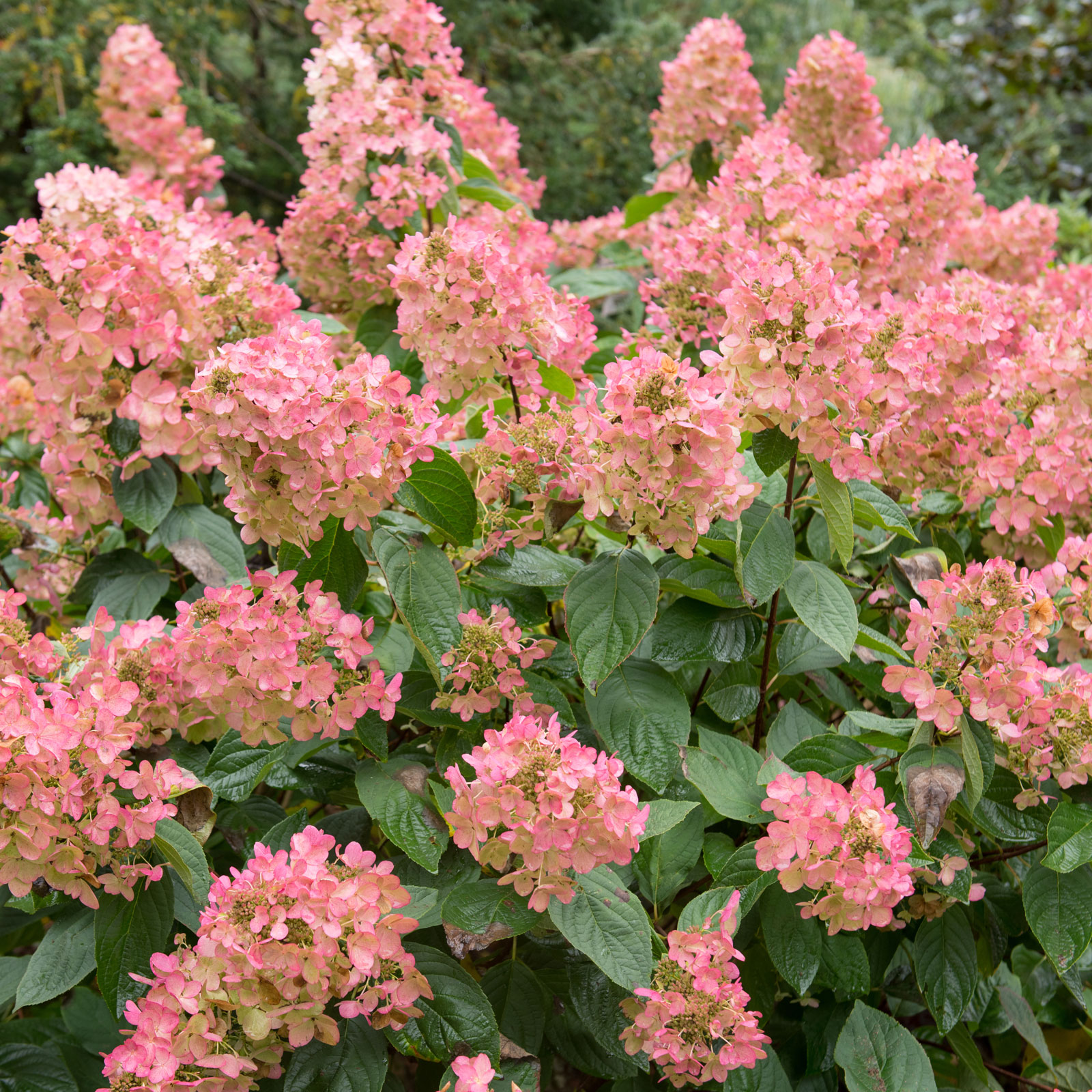 Quick Fire Hydrangea – The Elegant, Easy-Care Shrub Every Gardener Needs In Their Landscape
Quick Fire Hydrangea – The Elegant, Easy-Care Shrub Every Gardener Needs In Their LandscapeIf you’re after an early flowering panicle hydrangea that offers plenty of floral variety, the Quick Fire hydrangea goes big on visual dynamics from early summer to fall
By Tonya Barnett
-
 Grow Great Blue Lobelia: Native Blue Cardinal Flowers For Butterflies And Hummingbirds
Grow Great Blue Lobelia: Native Blue Cardinal Flowers For Butterflies And HummingbirdsIf you’re keen to enhance your native plants or attract more pollinators, blue cardinal flowers are an essential flowering perennial. Here’s how to grow great blue lobelia
By Tonya Barnett
-
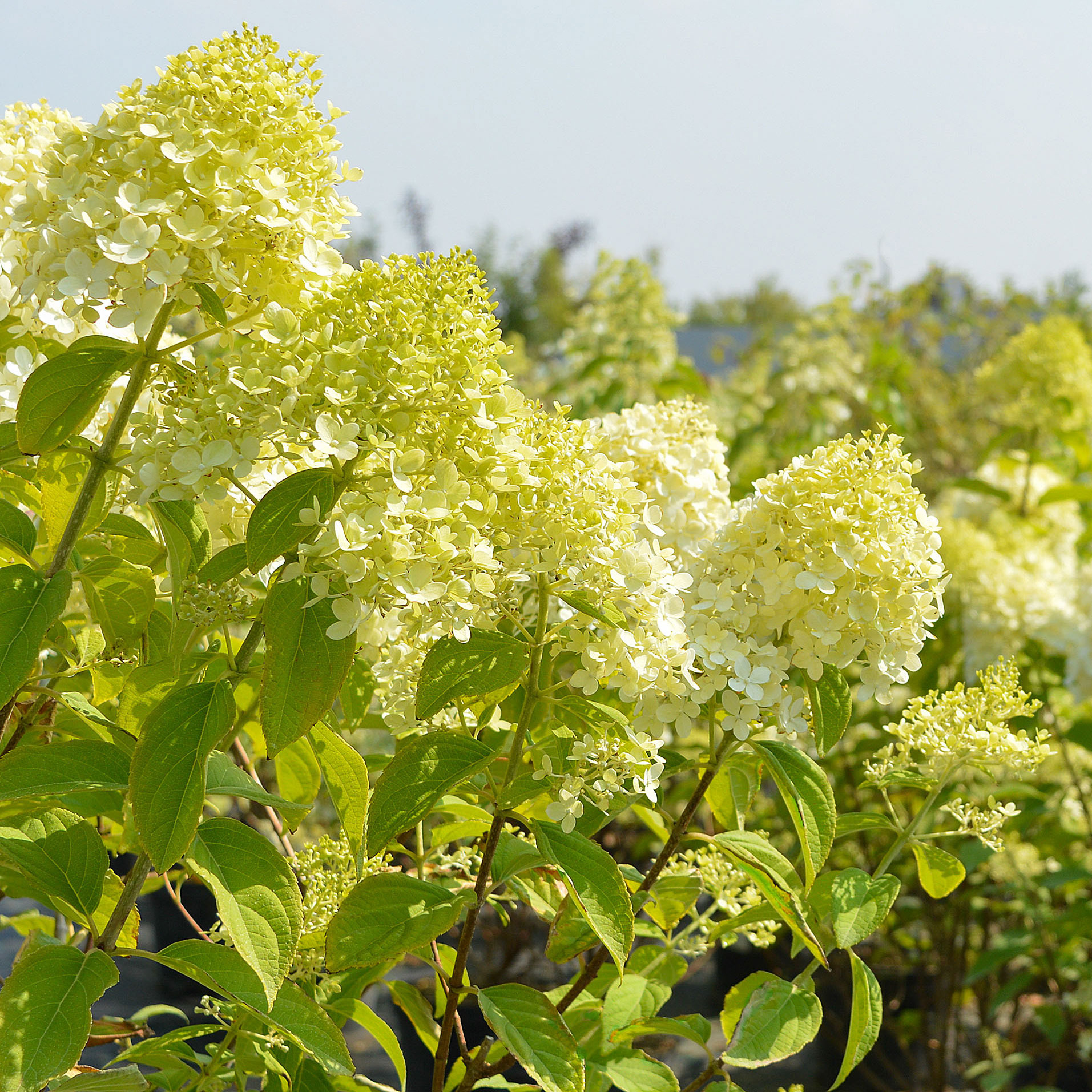 Grow Limelight Hydrangea Shrubs For Green Themed Displays And Brilliant Borders
Grow Limelight Hydrangea Shrubs For Green Themed Displays And Brilliant BordersIf you're a panicle hydrangea lover in search of flamboyant, long-lasting florals, knowing how to grow Limelight hydrangea shrubs will ensure gorgeous green blooms
By Mary Ellen Ellis
-
 Growing Spotted Bee Balm: Find Out How To Grow Horsemint For Your Pollinator Garden
Growing Spotted Bee Balm: Find Out How To Grow Horsemint For Your Pollinator GardenFor anyone looking to cultivate native flowering plants that attract pollinators, spotted bee balm is a must! We show you how to grow horsemint for friendly garden visitors
By Tonya Barnett
-
 Tiny Trees For The Holidays: 6 Real Mini Christmas Tree Varieties For Festive Cheer
Tiny Trees For The Holidays: 6 Real Mini Christmas Tree Varieties For Festive CheerThe best things come in small packages, so they say, and when it comes to spreading holiday cheer, you’ll love these real mini Christmas tree plant types
By Bonnie L. Grant
-
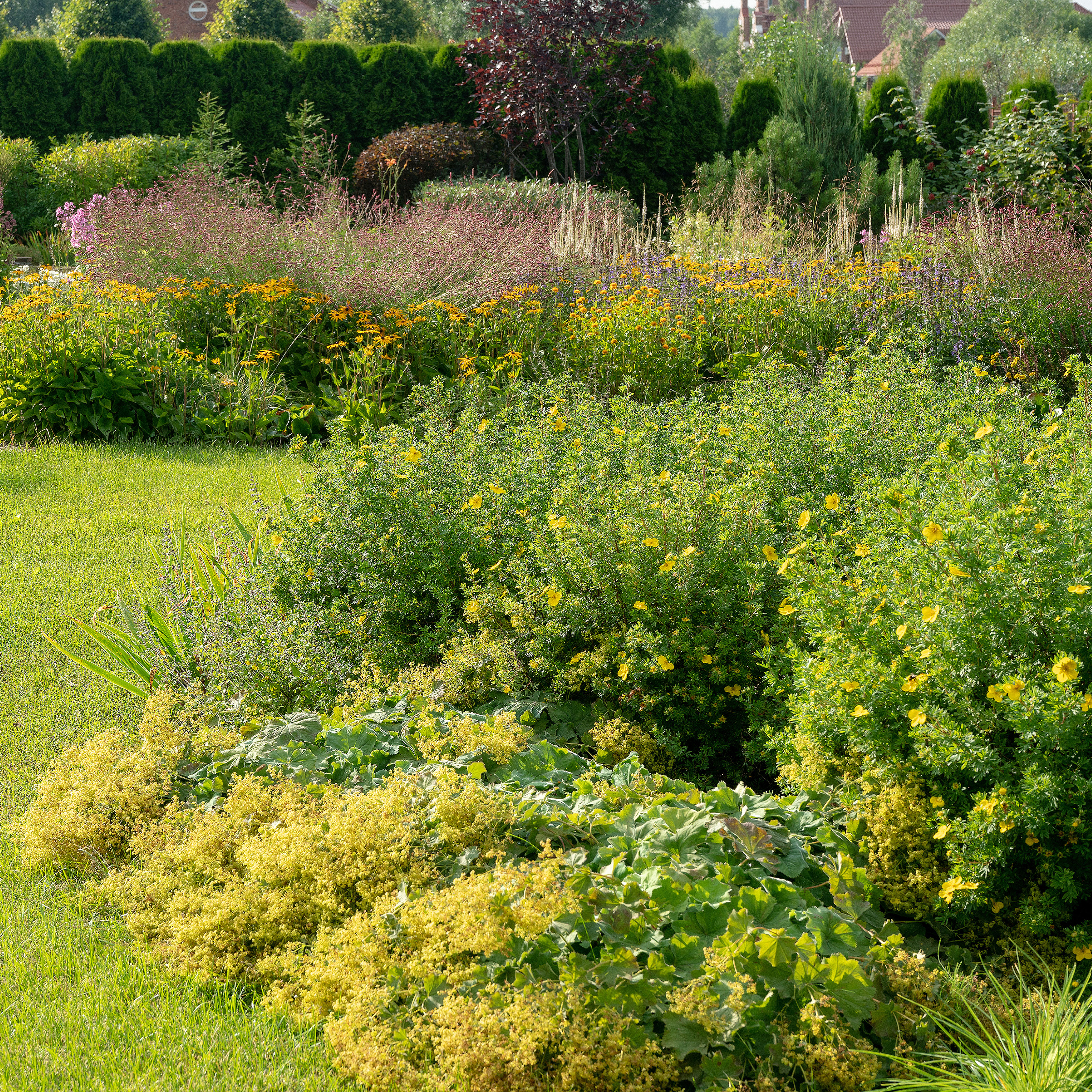 Unique Native Shrubs: 7 Natural Winners Every Gardener Should Add To The Landscape
Unique Native Shrubs: 7 Natural Winners Every Gardener Should Add To The LandscapeWhile we know shrubs to be amongst the most reliable plants in our yards, some are naturally more resilient. These gorgeous native shrubs are sure to thrive in your plot
By Teo Spengler
-
 Time To Transplant Peonies: Why Fall Is The Best Time To Move Peonies, And How To Do It Right
Time To Transplant Peonies: Why Fall Is The Best Time To Move Peonies, And How To Do It RightIf you want the healthiest peonies, replanting is a great way to boost longevity. Here’s why fall is the best time to move peonies, and how to transplant them correctly.
By Tonya Barnett